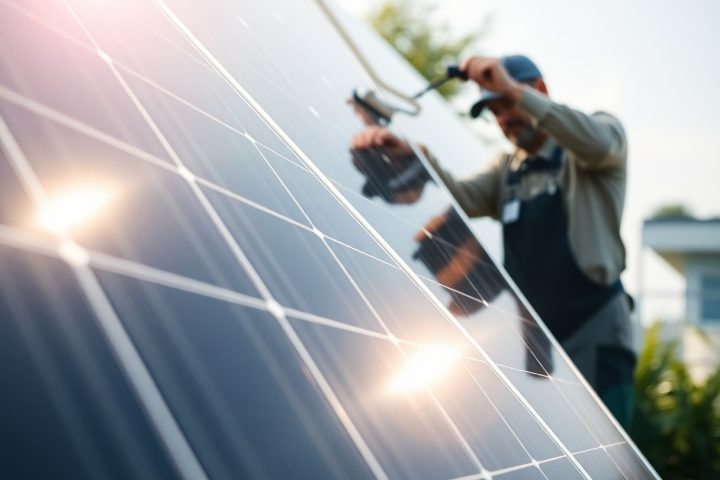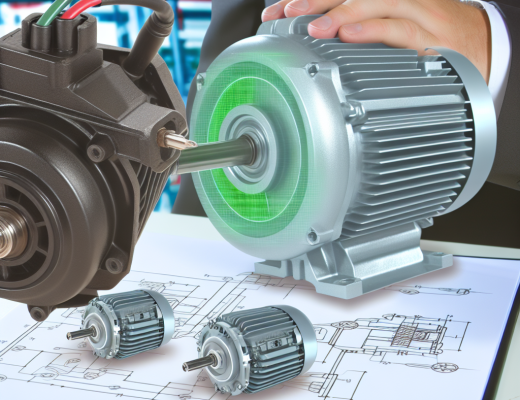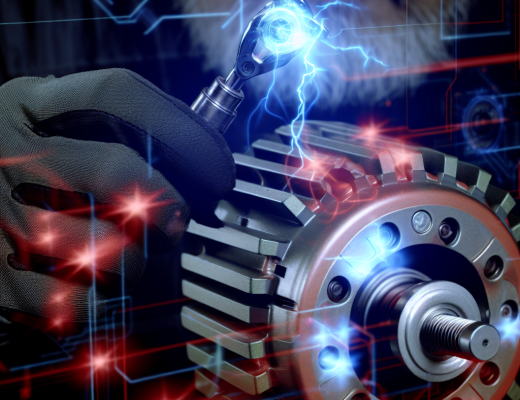You need to understand solar panel efficiency to make the most of your renewable energy investment. It refers to how well your solar panels convert sunlight into usable electricity, impacting both your energy bills and your environmental footprint. In this guide, you’ll learn about the factors that influence efficiency and practical strategies to enhance it, ensuring you maximize your system’s performance and longevity. By improving your solar panel efficiency, you can boost energy production and ultimately save money in the long run.
Understanding Solar Panel Efficiency
To maximize the benefits of solar energy, you must comprehend solar panel efficiency. This metric indicates how effectively solar panels convert sunlight into usable electricity, reflecting their performance levels and ultimately influencing your energy cost savings and contributions to sustainability.
What is Solar Panel Efficiency?
Efficiency refers to the percentage of sunlight that a solar panel can convert into usable electricity. For instance, a solar panel with 20% efficiency will convert 20% of incoming sunlight into electrical energy, optimizing its performance for your energy needs.
Factors Influencing Efficiency
Understanding solar panel efficiency involves examining various factors that can affect a panel’s performance. These factors include:
- Types of solar cells used
- Temperature and weather conditions
- Angle and orientation of installation
- Shading from nearby objects
Thou can enhance efficiency by addressing these aspects in your solar panel setup.
Factors you should consider when evaluating solar panel efficiency encompass technical and environmental influences. For example, different solar cell types, such as monocrystalline and polycrystalline, offer distinct efficiency ratings. External climate conditions, such as temperature and sunlight availability, also play significant roles. Proper installation angle and elimination of shading can substantially impact overall performance as well.
- Maintenance practices
- Quality of components used
- Periodic cleaning of panels
Thou should take these factors into account to ensure you achieve maximum solar panel efficiency.
How to Measure Solar Panel Efficiency
Assuming you want to evaluate your solar panel’s performance, the measurement of efficiency is crucial. This involves determining how much sunlight the panels convert into usable electricity compared to the total sunlight received. By calculating this ratio, you can gauge your system’s effectiveness and identify areas for improvement.
Tools and Techniques
Now, you can utilize various tools and techniques to measure solar panel efficiency effectively. Common instruments include pyranometers for measuring solar irradiance and multimeters to measure electrical output. By utilizing these tools, you can assess the performance of your solar panels under different conditions, allowing for a comprehensive evaluation.
Interpreting Measurement Results
For understanding your solar panel efficiency measurements, it’s crucial to analyze the data you collect. Comparing the output with the expected performance can provide valuable insights, helping you identify gaps or issues in your solar system.
It is beneficial to look at the percentage efficiency you calculate and compare it with industry standards for similar panels. Efficient panels typically range from 15% to 22% in performance. If your results fall significantly below this range, you might need to investigate potential causes, such as shading, dirt accumulation, or system component failures, to optimize your solar energy production.
Tips for Improving Solar Panel Efficiency
While optimizing solar panel efficiency is crucial for maximizing energy output, there are several practical steps you can take to enhance performance:
- Ensure optimal panel orientation and tilt angle
- Regularly clean your panels to eliminate dirt and debris
- Install shading devices to reduce obstructions
- Monitor your system’s performance frequently
- Upgrade to high-efficiency panels if feasible
This combination of practices will help you achieve the best results from your solar installation.
Optimal Installation Practices
Little adjustments can lead to significant improvements in solar panel performance. Ensure that panels are installed at the correct angle and orientation for maximum sunlight exposure. Take into account your geographical location and seasonal sun position, as proper placement can drastically enhance energy capture.
Regular Maintenance and Cleaning
Installation of solar panels is just the beginning; regular maintenance is crucial to keep them performing optimally.
Solar panels can accumulate dust, dirt, and debris over time, which can significantly affect energy production. To maintain peak efficiency, it is advisable to clean the panels at least a couple of times each year, more frequently if you live in a dusty area or near trees. Utilize water and a soft cloth or sponge, avoiding harsh chemicals that could harm the panels. Additionally, inspect your system regularly for any signs of wear or damage, as timely repairs can prevent further efficiency losses.
Technological Advances in Solar Panels
Despite the traditionally low efficiency of solar panels, recent technological advancements have significantly improved their performance. Innovations such as higher-quality materials, optimized designs, and fabrication techniques have led to the production of solar panels that can convert more sunlight into electricity. By staying updated on these developments, you can make informed decisions about your solar investments and maximize energy output.
Innovations to Boost Efficiency
One breakthrough in solar panel efficiency involves the use of bifacial panels. These panels harness sunlight from both sides, allowing for greater energy capture, particularly in environments with reflective surfaces. Additionally, PERC (Passivated Emitter and Rear Cell) technology enhances performance by reducing electron recombination, which can lead to improved energy yield.
Emerging Technologies
The integration of innovative technologies such as perovskite solar cells is paving the way for enhanced efficiency in the solar industry. These materials offer a higher absorption rate and can be produced at a fraction of the cost of traditional silicon cells.
Efficiency remains a primary focus in the solar sector, driving research into advanced materials and designs. The future may introduce solar panels with energy conversion rates exceeding 30%, reshaping how you view energy generation from sunlight. By keeping an eye on these emerging technologies, you can become an early adopter, ensuring your solar investment remains top-of-the-line and aligning with your sustainability goals.
Environmental Factors Affecting Efficiency
For your solar panel system to function at its best, various environmental factors come into play that impact efficiency. These include:
- Temperature
- Weather conditions
- Humidity
- Shading from nearby structures or flora
- Air pollution
Knowing how these factors interact with your solar panels can help you make informed decisions about improving their performance.
Climate Considerations
On a broader scale, climate plays a significant role in solar panel efficiency. Regions with consistent sunlight yield better energy production, while areas with frequent rain, snow, or cloudy weather may experience reduced output. Understanding your local climate helps you choose the right solar panel technology and system for optimal efficiency.
Location and Orientation
Even the location and orientation of your solar panels significantly affect energy production. Panels that face south typically receive more direct sunlight, whereas those facing east or west may produce less energy. The angle of installation also influences exposure to sunlight throughout the day.
This is why proper installation is vital for maximizing efficiency. Depending on your geographical location, adjusting the angle and direction of your solar panels can lead to substantial differences in their performance. If you’re in a place with high sun exposure, a fixed tilt could suffice, but if you experience seasonal changes, you might benefit from a tracking system that follows the sun’s path. Ensuring unobstructed sunlight access is key to optimizing your system’s output.
Financial Considerations
After investing in solar panels, it’s important to assess the financial implications, particularly the balance between upfront costs and long-term savings. Understanding how solar panel efficiency affects your energy bills can guide you in making informed choices that align with your budget and financial goals. You may find that higher-efficiency panels often lead to more significant savings over time, impacting your overall return on investment.
Cost vs. Efficiency
Even though high-efficiency solar panels generally come with a higher price tag, they often provide superior performance, increasing your energy output and potentially lowering your electricity bills. When weighing your options, consider how efficiency levels will affect your overall savings and whether the initial investment aligns with your financial strategy.
Incentives for High-Efficiency Panels
The incentives available for high-efficiency solar panels can significantly offset the initial costs, making them a more attractive option. Various federal and state programs offer tax credits, rebates, and other financial assistance to homeowners who choose efficient solar technology.
Incentives such as the Federal Investment Tax Credit (ITC) can yield substantial savings, allowing you to recover a percentage of your solar system’s cost. Additionally, some states offer specific rebates based on efficiency ratings, while local utilities may have programs to encourage the installation of high-efficiency panels. These financial benefits make it easier for you to invest in advanced solar technologies, enhancing your long-term savings and environmental impact.
To wrap up
Considering all points, understanding solar panel efficiency is key to maximizing your energy production and investment. By considering factors such as your panel’s technology, installation angle, shading, and regular maintenance, you can enhance performance and reduce energy costs. Implementing upgrades such as tracking systems or high-efficiency panels can further boost output. Ultimately, optimizing your solar system not only benefits your wallet but also contributes to a more sustainable future.




